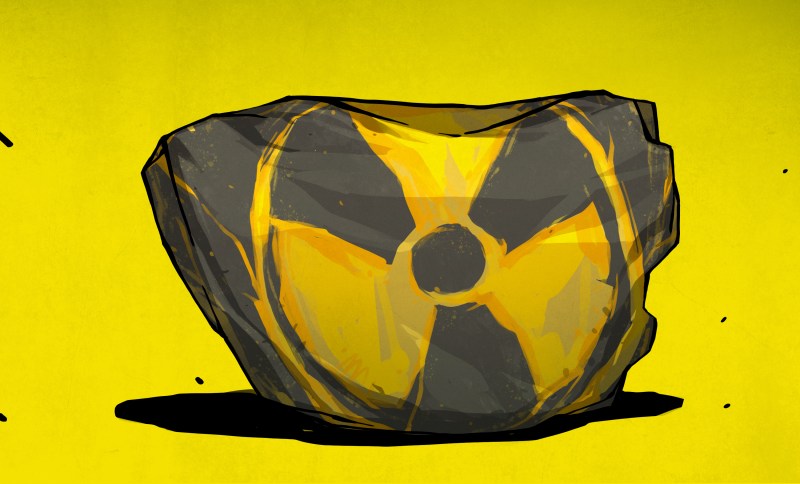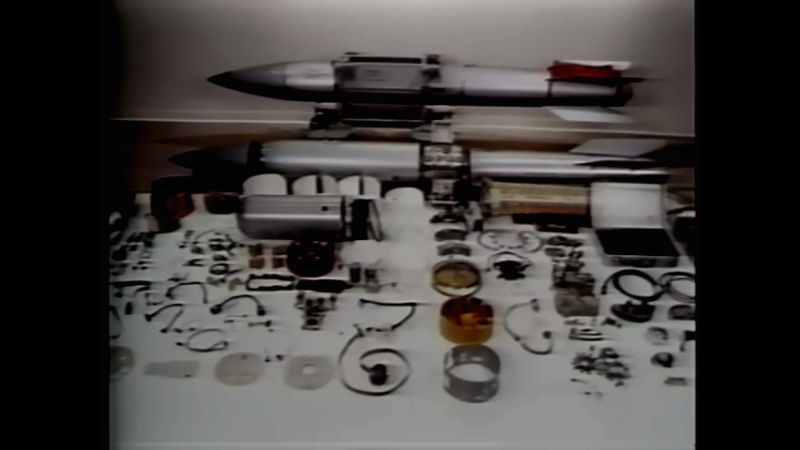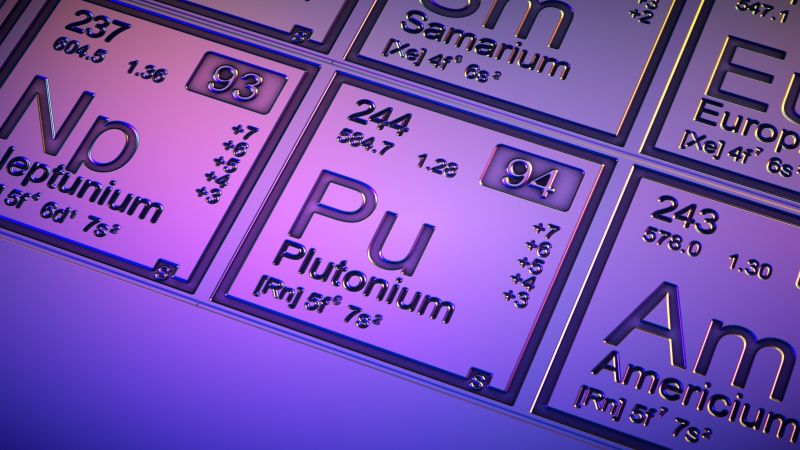Mining and Refining: Uranium and Plutonium

When I was a kid we used to go to a place we just called “The Book Barn.” It was pretty descriptive, as it was just a barn filled with …read more Continue reading Mining and Refining: Uranium and Plutonium
Collaborate Disseminate

When I was a kid we used to go to a place we just called “The Book Barn.” It was pretty descriptive, as it was just a barn filled with …read more Continue reading Mining and Refining: Uranium and Plutonium

It may seem a bit obvious to say so, but when a munition of just about any kind is designed, little thought is typically given to how to dispose of …read more Continue reading Retrotechtacular: Some Days You Just Can’t Get Rid of a Nuclear Bomb

It perhaps goes without saying that one nuclear bomb can really ruin your day. The same is true for non-nuclear dirty bombs, which just use conventional explosives to disperse radioactive …read more Continue reading New Drug Has Potential as Dirty Bomb Antidote
The Pentagon wants 80 new plutonium pits per year by 2030. It doesn’t look like that’s possible. Continue reading The U.S. Can’t Make Enough Plutonium Triggers for Its Nuclear Warheads
The Pentagon recently announced plans to up the production of plutonium pits, a core component of nuclear weapons. Continue reading America’s Nuclear Waste Has Nowhere to Go and More Is Coming
A year ago, we wrote about the discovery of treasure trove of original documentation from the development of the MOS 6502 by Jennifer Holdt-Winograd, daughter of the late Terry Holdt, the original program manager on the project. Now, Ms. Winograd has created a website to celebrate the 6502 and the …read more
It’s Nobel season again, with announcements of the prizes in literature, economics, medicine, physics, and chemistry going to worthies the world over. The wording of the Nobel citations are usually a vast oversimplification of decades of research and end up being a scientific word salad. But this year’s chemistry Nobel …read more
What’s the buzz in the hackersphere this week? Hackaday Editors Elliot Williams and Mike Szczys recap their favorite hacks and articles from the past seven days. In Episode Six we cover an incredible reverse engineering effort Mike Harrison put in with iPod nano replacement screens. We dip our toes in the radioactive world of deep-space power sources, spend some time adoring parts and partsmakers, and take a very high-brow look at toilet-seat technology. In our quickfire hacks we discuss coherent sound (think of it as akin to laminar flow, but for audio), minimal IDEs for embedded, hand-tools for metalwork, and …read more
On the face of it, powering most spacecraft would appear to be a straightforward engineering problem. After all, with no clouds to obscure the sun, adorning a satellite with enough solar panels to supply its electrical needs seems like a no-brainer. Finding a way to support photovoltaic (PV) arrays of the proper size and making sure they’re properly oriented to maximize the amount of power harvested can be tricky, but having essentially unlimited energy streaming out from the sun greatly simplifies the overall problem.
Unfortunately, this really only holds for spacecraft operating relatively close to the sun. The tyranny of …read more
Continue reading The Deep Space Energy Crisis Could Soon Be Over
“They lied to the State of Nevada, misled a federal court, and jeopardized the safety of Nevada’s families and environment,” Governor Sisolak said. Continue reading Trump Admin Secretly Shipped Nuclear Waste to Nevada and State Officials Are ‘Outraged’